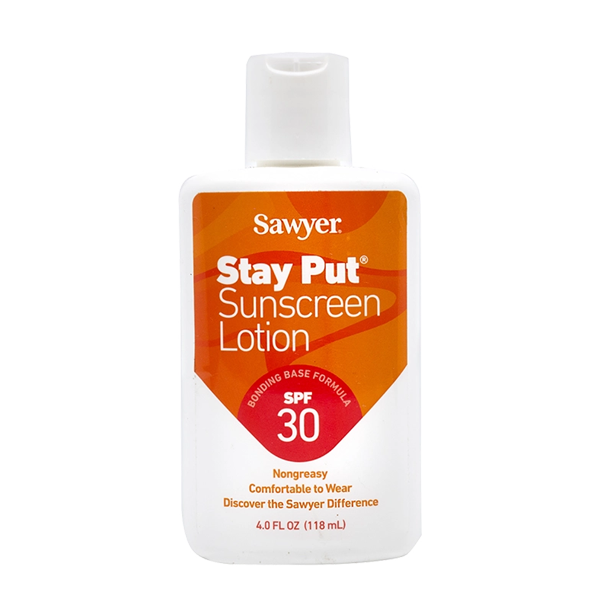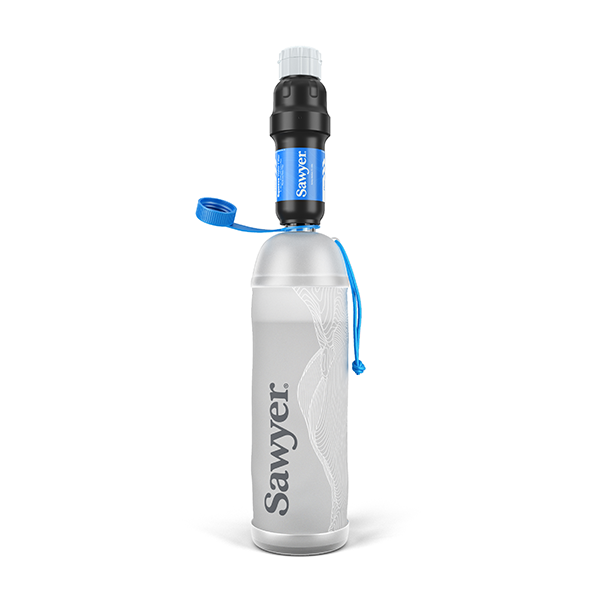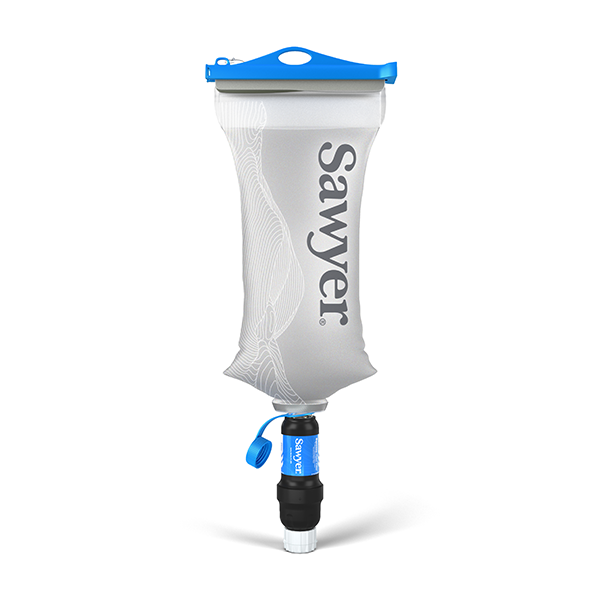Drugs.com : It’s Buggin’ Me! How to Safely Use an Insect Repellent
Why Should I Use an Insect Repellent?
The use of insect repellents is a safe and effective way to prevent insect and tick-borne diseases.
Mosquito bites can lead to:
- West Nile virus
- Zika virus
- Malaria
- Dengue fever
- Encephalitis
while the small deer tick can cause Lyme disease. Other tick-borne diseases include Rocky Mountain Spotted Fever, Powassan virus, Ehrlichiosis, African Tick-Bite Fever and Encephalitis.
American trypanosomiasis, or Chagas disease, is caused by a parasite spread by triatomine bugs in parts of Mexico, Central America, and South America, especially rural areas.
The U.S. Centers for Disease Control (CDC) strongly recommends the use of insect repellents to prevent transmission of West Nile virus and other mosquito-borne diseases. Most cases of malaria diagnosed in the U.S. originate from other parts of the world.
Read the full article on Drugs.com here.
Explore More Content
From the Squad
Campfire conversations with our community, from Squad Members and Ambassadors to Brand Partners and the Sawyer team.














